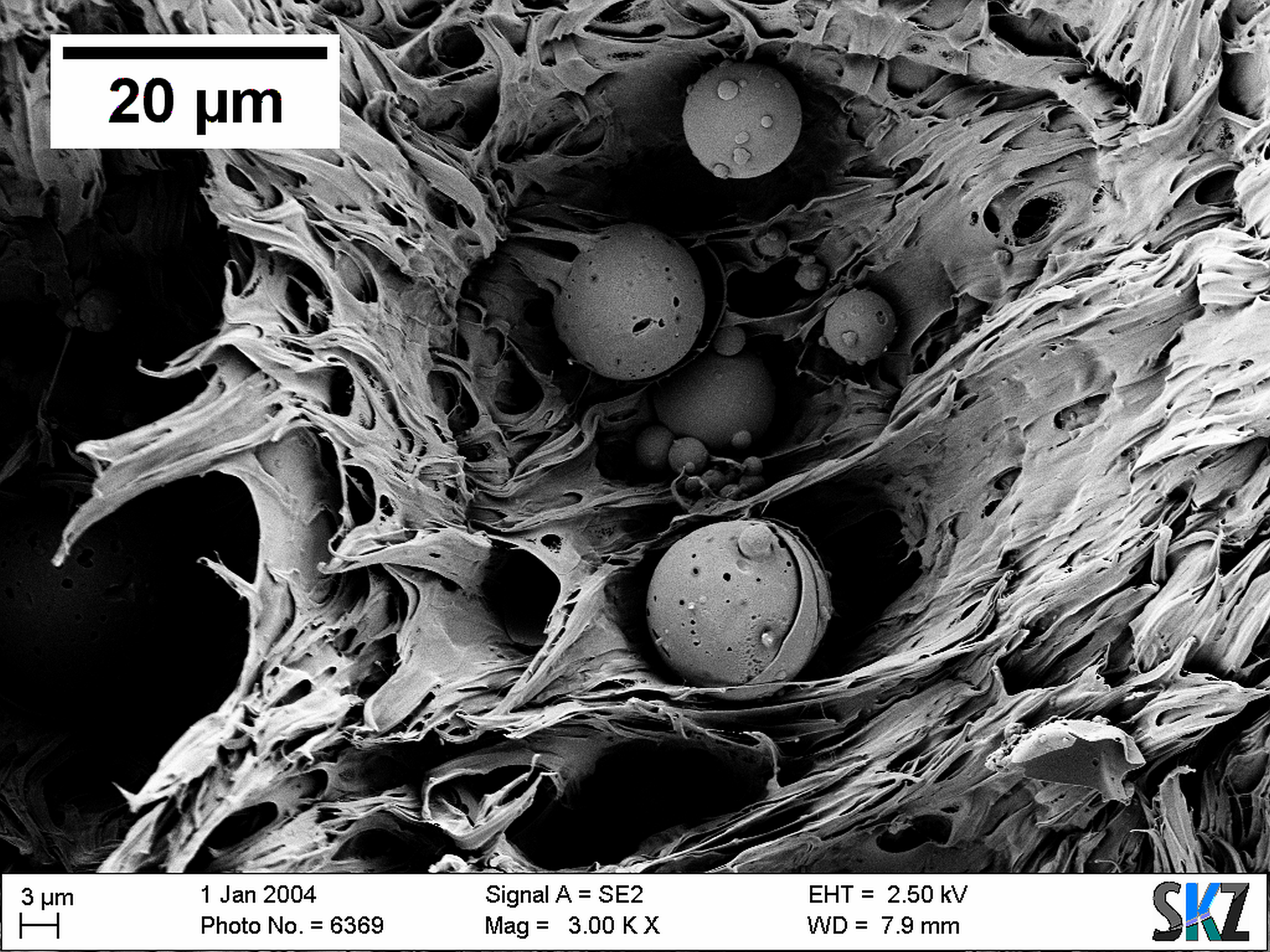New types of powder for 3D printing
The SKZ Plastics Center and the Fraunhofer Institute for Applied Polymer Research IAP have launched the "capSLS" research project. The aim is to significantly expand the range of powder materials for 3D printing by adding encapsulated additives. The selection of suitable materials in this area is still very limited.
SKZ and Fraunhofer IAP announce joint project
Additive manufacturing has become standard in industrial product development. Its potential is becoming increasingly apparent, especially where individualized components in small quantities and complex or complicated geometries are required. In addition to the right manufacturing and production method, tailor-made materials are a decisive factor for successful products. However, the choice of materials for powder-based 3D printing is still limited. The Fraunhofer IAP and the SKZ Plastics Center have set themselves the goal of significantly expanding the range of powder materials by adding additives in order to further exploit the technological and economic potential of this technology.
Challenge: Material development for powder-based 3D printing
Powder-based 3D printing - known as powder bed fusion laser-based (PBF-LB) or more commonly as selective laser sintering (SLS) - uses a laser to melt a plastic powder locally and build the part in thin layers in a build space. The powder must have a variety of properties. "This is where the challenge lies, because when additives are incorporated into the powder (grain), they change the bulk properties and the overall property profile, often making processing impossible. Our extensive research will determine which additives can be incorporated and how. Two innovative powder production processes are also being developed in this context," explains Patrick Limbach, materials developer at SKZ.
Systematic suitability tests for additives
As a first step, the research team is systematically testing which commercial and self-developed polymer additives are fundamentally suitable for powder preparation and the printing process. "We examine properties such as particle size, surface properties, thermal stability and filling level and test the limits of what is possible. In the second step, we use our specially developed microcapsules," explains Dr. Alexandra Latnikova, a specialist in microencapsulation at the Fraunhofer IAP.
Material wear reduced by up to 85 percent
The Fraunhofer IAP is contributing its extensive expertise in microencapsulation. This technology also enables the production of more complex additives. The scientists coat functional additives with a thin polymer wall. In this way, liquids such as lubricants, fragrances and dyes or even biocides can be incorporated into plastics. The size, thermal stability and surface properties of these particles are customized. "We give the materials many intelligent functions. For example, microencapsulated dyes can indicate defects in printed components because the color is released when the capsules in the material are damaged. Encapsulating flame retardants would also open up a wide range of applications. In a previous project, we successfully demonstrated that microencapsulated lubricants can impart self-lubricating properties to injection molded and FLM-printed components. This can reduce the material wear normally caused by friction on components by up to 85 percent. We are now transferring these results to powder 3D printing," says Limbach.
Strengthening the innovative power of German SMEs: companies welcome
With its research, the project network aims to strengthen the innovative power of German SMEs in the field of materials development for additive manufacturing. "We want to increase customer acceptance of 3D printing processes and diversify the market with a wide range of highly functional powder materials. These application-specific specialty materials should make it easier for small and medium-sized companies to get started with additive manufacturing. We invite interested companies to join our project committee, contribute suggestions and ideas, and share in the results," say Latnikova and Limbach. The project is primarily aimed at companies that are part of the powder-based 3D printing supply chain, i.e. microencapsulation companies, producers and distributors of plastic additives, compounders, manufacturers of equipment systems and service providers in the field of powder-based 3D printing.
About the project
The research project with the funding code 01IF23191N is funded by the German Federal Ministry of Economics and Technology (BMWK) via the SKZ e.V. and the German Aerospace Center (DLR) within the framework of the program for the promotion of joint industrial research (IGF) on the basis of a resolution of the German Bundestag.
Last modified:
